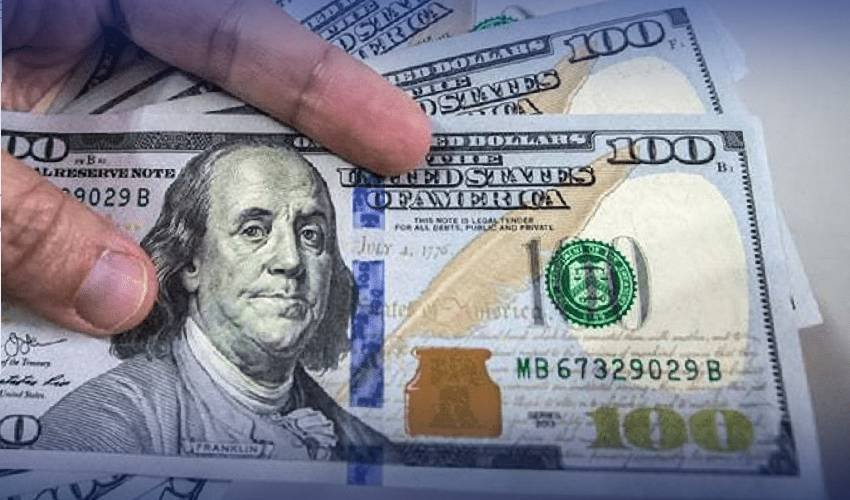Pakistan borrowed $4.585 billion from various financing sources during the first seven months (July-January) of the current fiscal year 2024-25, marking a 27% decline compared to $6.31 billion borrowed during the same period in FY24, according to data released by the Economic Affairs Division (EAD).
The $4.585 billion figure excludes the first tranche of $1.03 billion received from the International Monetary Fund (IMF). Including the IMF inflows, total external financing during the period rises to $5.585 billion.
The government had initially budgeted $9 billion in time deposits from Saudi Arabia ($5 billion) and China ($4 billion) for FY25. However, no funds were received under this category in the first seven months, and no financial assistance was reported from the UAE.
In December 2024, Saudi Arabia extended a $3 billion deposit placed with Pakistan for another year, but this extension is not reflected in the EAD data for the first seven months.
Pakistan revised its external financing estimates for FY25 from $19.393 billion to $14.393 billion, which includes $14.216 billion in loans and $176.29 million in grants, excluding IMF funding. Of the $3.779 billion budgeted from foreign commercial banks, only $500 million was received by January, with no details disclosed about the lender. Notably, no borrowing from commercial banks occurred in November.
The government also failed to raise funds through international bond issuance, despite a $1 billion target for FY25. Meanwhile, inflows from the “Naya Pakistan Certificate” program reached $1.126 billion during the first seven months, including $199.23 million in January.
Multilateral and Bilateral Financing
Multilateral lenders disbursed $2.322 billion from July to January, including $458 million in January. Bilateral sources contributed $329.10 million during the same period, with $12.68 million received in January.
Non-project aid totaled $2.54 billion, of which $1.312 billion was allocated for budgetary support. Project aid amounted to $2.045 billion.
The Asian Development Bank (ADB) emerged as the largest multilateral lender, disbursing $1.048 billion, including $139.73 million in January, against a budgeted $1.651 billion for FY25. The International Development Association (IDA) provided $573.85 million, while the International Bank for Reconstruction and Development (IBRD) disbursed $201.50 million. The Islamic Development Bank (IsDB) released $265.7 million in short-term financing.
The Asian Infrastructure Investment Bank (AIIB) disbursed $60.22 million, and the International Fund for Agricultural Development (IFAD) provided $26.12 million.
China disbursed $99.17 million, Saudi Arabia provided $12.37 million, the United States released $40.05 million, and France exceeded its budgeted commitment by disbursing $102.57 million.
Despite the decline in borrowing, the data highlights Pakistan’s reliance on multilateral and bilateral sources for external financing, with significant contributions from institutions like the ADB and countries such as China and France. However, the lack of progress in raising funds from commercial banks and international bonds underscores the challenges in meeting the country’s external financing needs.










